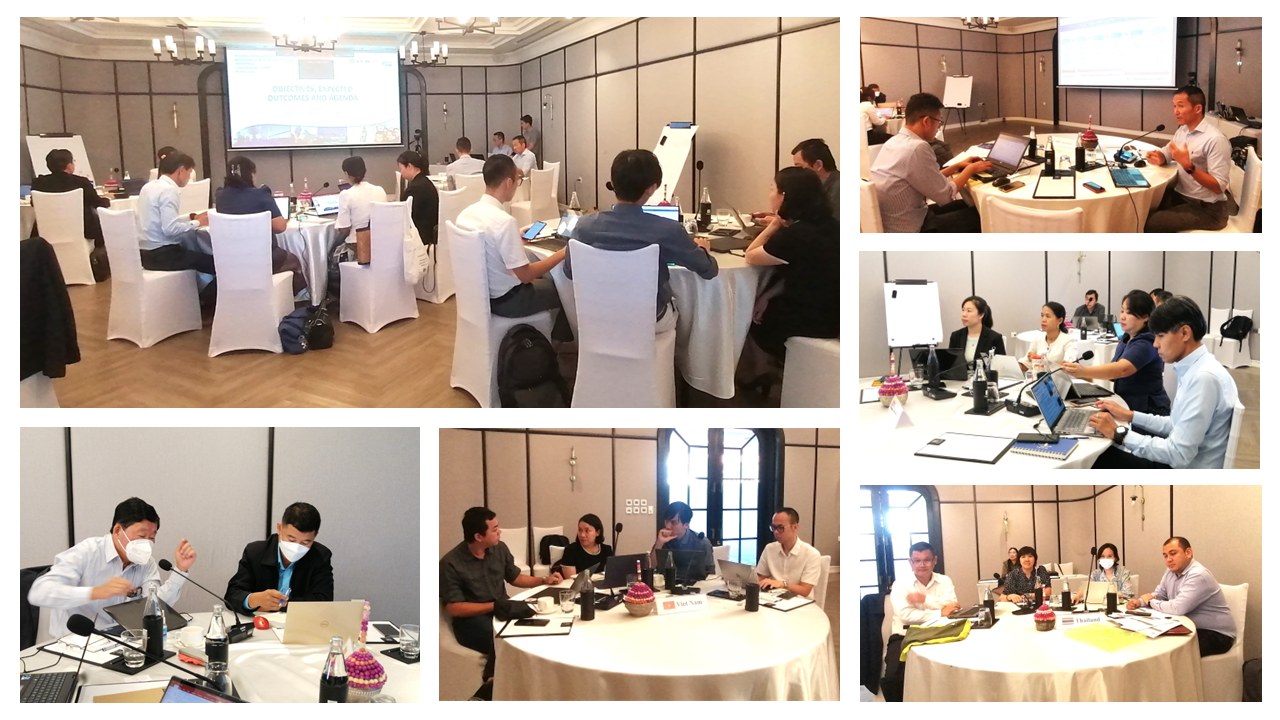Mekong River Commission and Thailand National Mekong Committee
Article 9, Freedom of Navigation, in the 1995 MRC Agreement on the Co-operation for the Sustainable Development
of the Mekong River Basin.
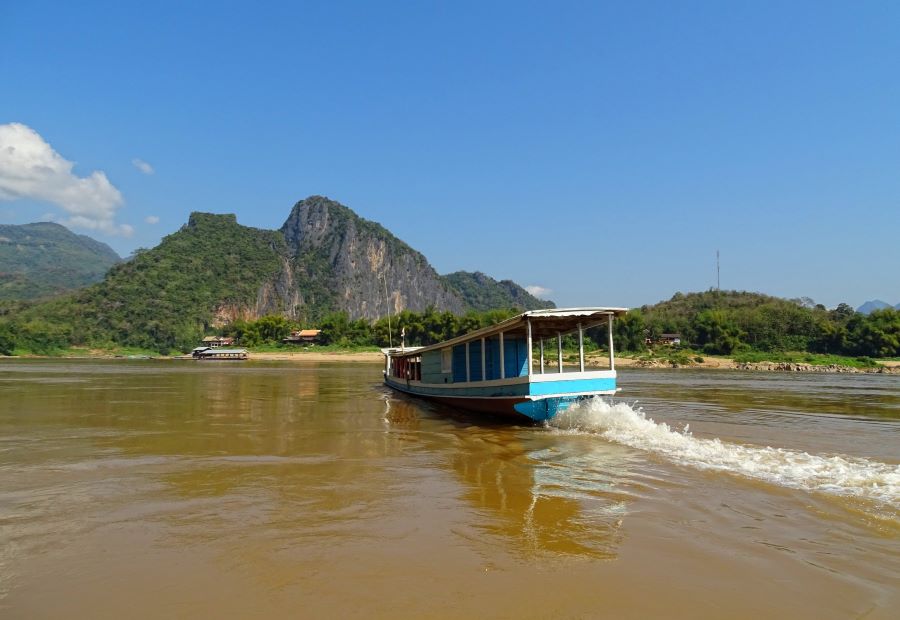
“On the basis of equality of right, freedom of navigation shall be accorded throughout the mainstream of the Mekong River without regard to the territorial boundaries,
for transportation and communication to promote regional co-operation and to satisfactorily implement projects under this Agreement.
The Mekong River shall be kept free from obstructions, measures, conduct and actions that might directly or indirectly impair navigability, interfere with this right or
permanently make it more difficult. Navigational uses are not assured any priority over other uses, but will be incorporated into any mainstream project. Riparians
may issue regulations for the portions of the Mekong River within their territories, particularly in sanitary, customs and immigration matters, police and general security.”
Duties and Responsibilities of MRC
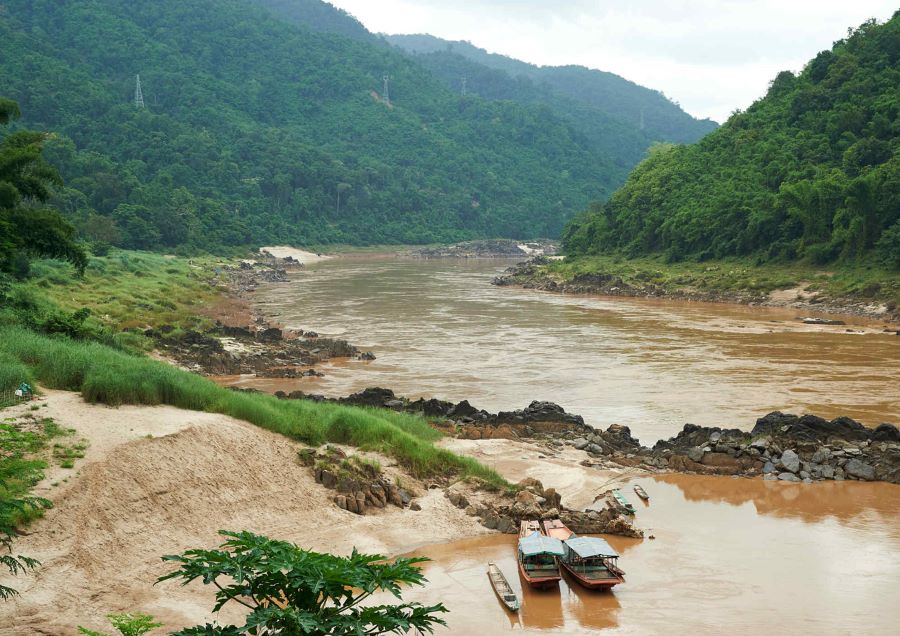
The MRC supports a basin-wide planning process based on principles of Integrated Water Resources Management (IWRM). We provide a wide array of technical
assistance, strategic advice, and innovative knowledge and solutions to help the lower Mekong countries promote fisheries’ sustainability, opportunities for agriculture,
freedom of navigation, sustainable hydropower, flood and drought management and preservation of important ecosystems.
(please find more details in: https://www.mrcmekong.org)
Duties and Responsibilities of Thailand National Mekong Committee

TNMC's mission is to promote and coordinate the management and development of water resources and other related resources in a sustainable manner for
the mutual benefit of member countries and the well-being of the people. By promoting strategic plans and activities including providing scientific information
and policy advice.
(please find more details in: https://www.tnmc-is.org/)

Master Plan for Regional Waterborne Transport in the Mekong River Basin
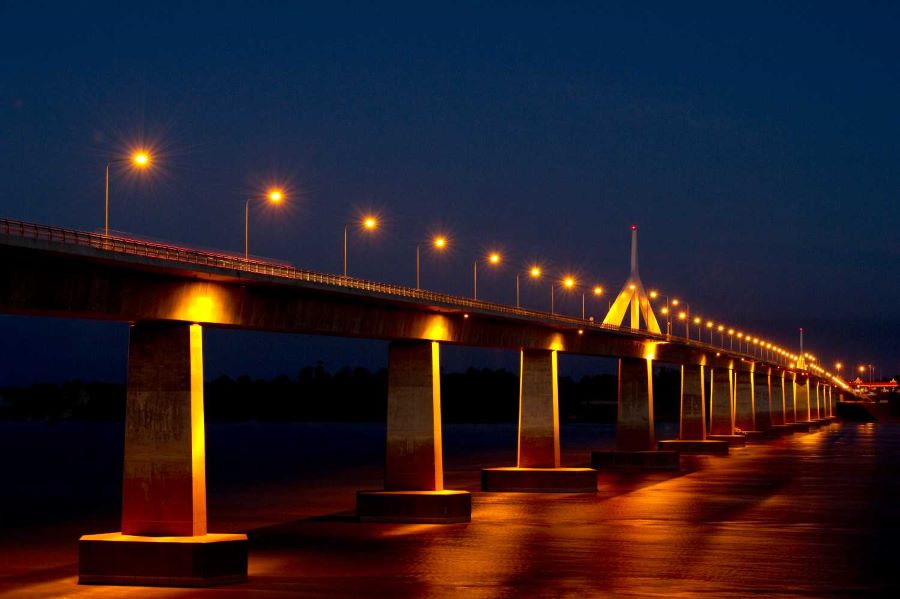
Master Plan for Regional Waterborne Transport in the Mekong River Basin Vol.1
Master Plan for Regional Waterborne Transport in the Mekong River Basin Vol.2
Our Activities
(please find more details in: https://www.facebook.com/mrcmekong)
1. Teams of hydrologists from Thailand and Lao PDR conduct joint discharge measurements each year at major hydrological stations along the Mekong River,
which runs from Chiang Saen/Ton Pheung to KhongChiam/Ban MaiSingsamphan. The measurements aim to collect discharge and sediment data and are unrelated to border
demarcation issues.
In 2023, the two-year Implementation Plan for 2023 to 2024 will continue, with two additional joint sites at Bueng Kan-Paksan and Amnart Charoen-Songkhon. The Implementation
Plan outlines the activities, responsibilities, tasks, deliverables, expected outcomes, equipment, QA/QC requirements, and qualifications of both parties.
Before starting the joint measurements, a Consultation Meeting on Joint Lao-Thai Discharge and Sediment Measurement was held in Parkse, Laos, to address previous issues and
challenges and finalize the monitoring schedule.


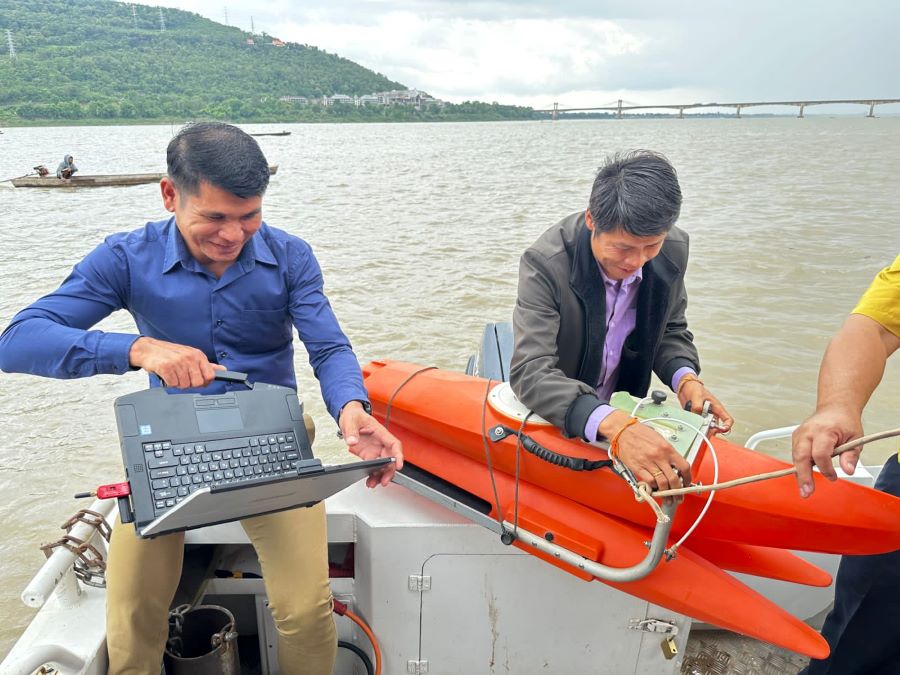
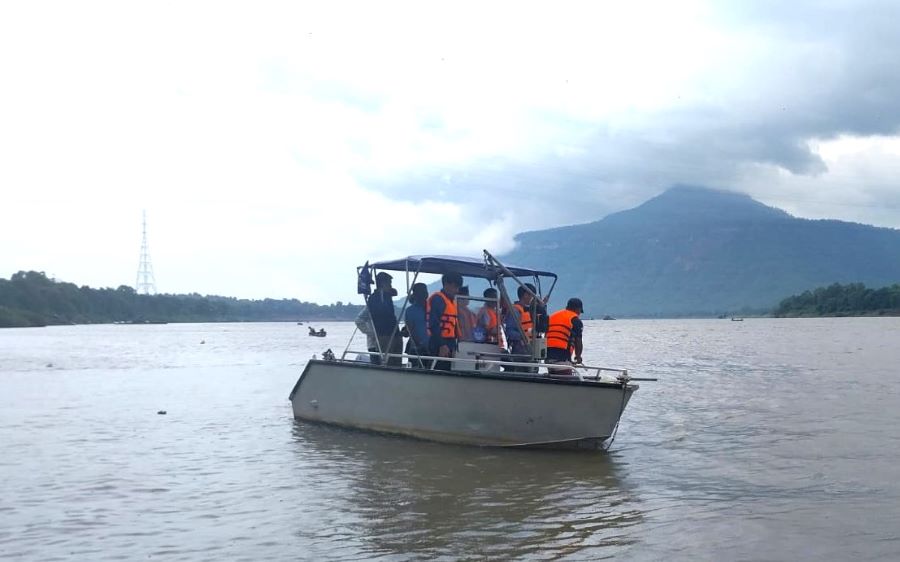

2. Learning the experiences of local communities
As part of the Joint Study on the Changing Hydrological Regime, CEO and experts from six riparian countries conducted a visit to Chiang Saen hydrological station.
To complement scientific research, they also met with community representatives based on Chiang Rai, Thailand to learn about their experiences with the changing
flow regime, its challenges on daily livelihoods, adaptation measures implemented and what recommendations for the MRC-LMC cooperation.
The visit promoted the aim of the Joint Study to understand objectively the conditions, the main drivers of change relating to climate, development and water use,
and promote forward-looking cooperative actions.
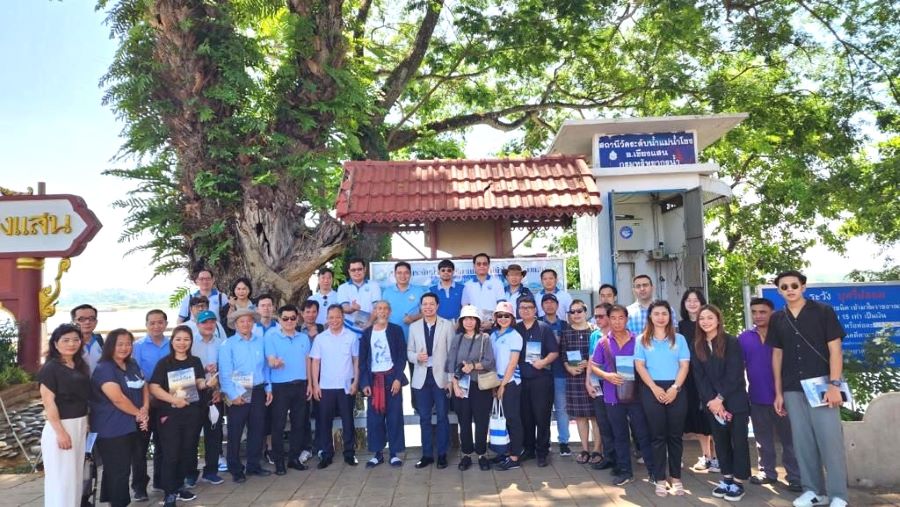
3. A regional workshop
was organized today to discuss action plans aimed at improving management of priority environmental assets of regional importance
The workshop focused on reviewing the proposed approach and work-plan for 2023 for 2023 to improve the management of the four priority regional environmental assets.
Participants also look at the implementation of the proposed plans at both regional and national levels.
The four assets are Tonle Sap Multiple Use Area in Cambodia, Beung Kiat Ngong in Lao PDR, Lower Songkhram River in Thailand and U Minh Tuong National Park in Viet Nam,
which are part of the 12 environmental assets of regional importance, as listed in the Strategy for Basin-wide Management (SBEM) 2021-2025.
